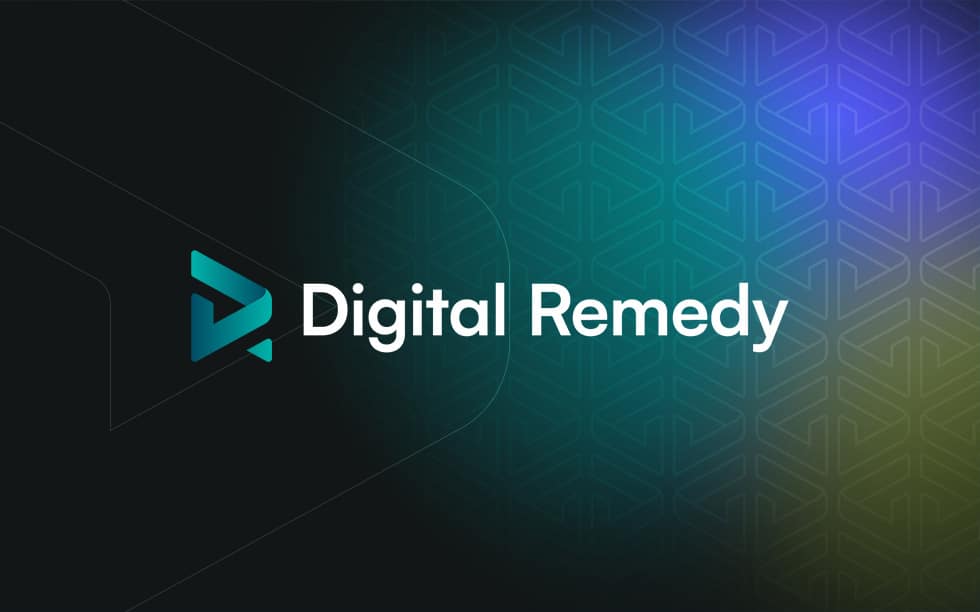Jan 19, 2022
With its precise targeting and direct attribution capabilities, OTT/CTV advertising has become a powerful new performance-based opportunity for marketers. As more and more brands have discovered the potential to effectively reach high-value audiences and measure return on ad spend (ROAS), spending on OTT/CTV advertising has skyrocketed and is expected to surge 40% this year to over $14.4b—more…

With its precise targeting and direct attribution capabilities, OTT/CTV advertising has become a powerful new performance-based opportunity for marketers. As more and more brands have discovered the potential to effectively reach high-value audiences and measure return on ad spend (ROAS), spending on OTT/CTV advertising has skyrocketed and is expected to surge 40% this year to over $14.4b—more than doubling by 2024 to nearly $30b.
With precision targeting and deterministic measurement, performance CTV provides a unique opportunity for marketers to reach highly-engaged audiences. But for marketers who are new to the channel, especially those who are more familiar with linear TV, OTT/CTV might feel a bit disorienting. Our own, Ben Brenner, VP of Business Development & Strategy, was recently featured in Street Fight Magazine, where he discussed some tips for getting started and how to fully maximize your performance CTV strategy. Here’s an overview of what he had to say:
Unlike linear TV, where an ad buy will stay in rotation for a fixed period of time, CTV buys can (and should be) much more dynamic, fluid, and iterative. With CTV, it’s much easier to launch, adjust, and optimize targeting throughout your campaign’s flight.
With CTV, you can use first-party data to target both existing and prospective customers in a variety of ways, including using your CRM list to target existing customers with new product launches, excluding existing users to reach only new audiences for prospecting campaigns, and using known user data to surface look-a-like consumers to connect with new high-value prospects.
There is a huge variety of third-party data sources available that can help to target ads on CTV, including data on purchases, viewership, search and browser history, location, in-store visits, and more.
With CTV, you can get full attribution visibility—when someone makes a purchase, you can look back to see which ad they saw on what platform, during which program, and at what time of day. By understanding this sequence and the attributes of every ad exposure, not just the last one, marketers can fine-tune ad targeting and delivery to maximize conversions and identify new users who are most likely to convert.
Look for a partner who can offer both first- and third-party data integrations, directly access a wide variety of streaming publishers, and provide both attribution tracking and real-time optimization, with complete transparency into the process so there are no surprises.
Check out the full article on Street Fight and be sure to follow us on LinkedIn and Twitter for the latest Digital Remedy updates. Interested in learning more about performance CTV? Watch our on-demand webinar or speak to a member of our team.
Related Posts

In Part 1 of our Intro to Incrementality series, we went through the basics of incrementality analysis. We talked about our.

In our first Intro to Incrementality piece, we explained what incrementality analysis is and how marketers can use it to.

Welcome to the first part of our Intro to Incrementality series, which uses real-world examples to explain how incrementality.